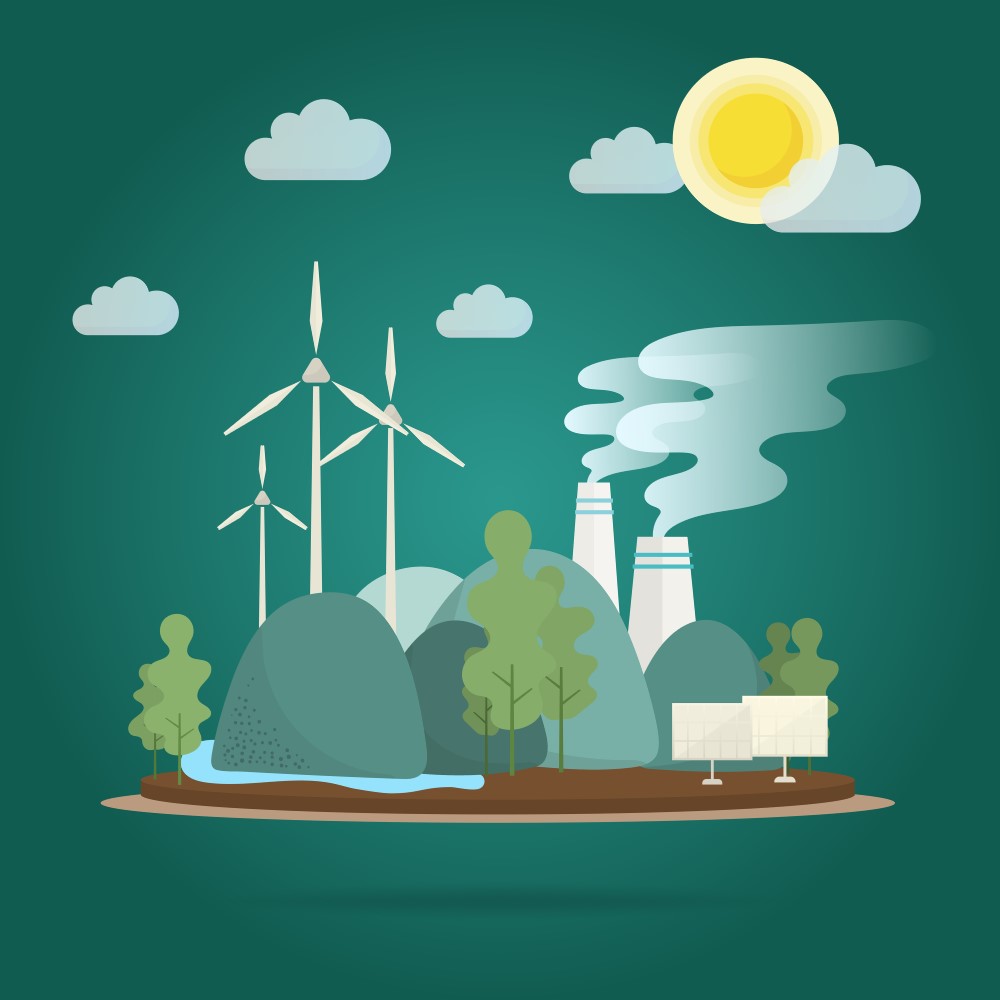
By Diego Gavagnin
Natural gas has established itself as an energy source in the second half of the last century by virtue of its lower environmental / health impact compared to oil and coal. Its logistics were more complicated than the other two, but on balance it was worth it, especially considering the practical elimination of sulfur oxides and fine dust.
Its penetration struggled a bit at first. When you looked for oil and found gas, you closed everything up and pretended nothing happened. The maps were kept, and this facilitated the finding, when people began to search for it with conviction.
Italy was a pioneer in the use of natural gas, because when it was found in the Po Valley, the intuition was made to exploit it for the industrial development of the north of the country. Later it was used for civil consumption and then for the production of electricity.
Italy is a world leader, not only for quantities, but above all for technological development. The first gas pipelines thousands of kilometers long and the submarine ones were very successful. Fantastic tow for the entire national heavy industry and manufacturing. Safety management is equally avant-garde. Years, decades, all in all quiet.
The main focus was on air pollution. Now the interest is all about climate change, and - a little suddenly - it has been realized that the molecules of methane, the main component of natural gas, are climate-altering. It is therefore necessary to avoid its dispersion in the air at all stages of the supply chain, from exploration to production, from transport to final use.
President Obama was the first to sound the alarm when national production of natural gas in the US "exploded". The Chairman intervened with specific control and remedial regulations. The rules have been very softened by his successor Trump, while the current President Biden is restoring the previous prescriptions.
The alarm has spread and has grown in the sensitivity of governments and supranational institutions, such as the UN through the UNEP (Environmental Program of United Nations) and the IPCC (Intergovernmental Panel on Climate Change). Now it is also the attention of the Commission and the European Parliament who are working on appropriate measures, expected within this year.
Beyond the declarations of principle and the often unrealistic proposals for the complete replacement of natural gas as well as coal and oil in a few years, analysts and rational policy makers know perfectly well that natural gas is an essential element of the energy transition. precisely by virtue of its ability to replace - if desired immediately - precisely in coal and oil in all their uses.
Avoiding methane emissions, whether leaks or authorized releases, is therefore now the priority of the entire natural gas sector. In the past this aspect has been handled only from the point of view of system security. For example, in the case of gas over pressures, dangerous for containers, whether gas pipelines or tanks, controlled releases have been authorized. It can no longer be done.
The issue also concerns LNG, and perhaps especially LNG in its direct uses in transport and other industrial and civil uses, given the great development it is having worldwide. Each leak of liquid natural gas, which is 99% methane, is worth 600. It is true that the risks of leaks are lower, because it is kept at ambient pressure at minus 161 degrees, but the liquid that heats up becomes gas and becomes dilates (boil off gas).
The risks and technologies to avoid CH4 emissions in the LNG industrial chain were first dealt with in Italy, as far as we know, by ConferenzaGNL in April 2018. It was said that we were "shooting ourselves in the foot", but we moved on anyway, and since then we have dealt with it in every event of ours.
The problem was there and it should not be swept under the rug, also because we already knew that there were solutions. And this is precisely the most interesting aspect of the moment. Research for the development of technologies has started and is giving great results. Not much is published, because everyone is jealous of their ideas and progress, with obvious commercial implications, but it is happening, before the arrival of the rules.
There is no marine or land-based motor company that is not working on combustion to ensure that the gas is burned down to the last molecule, just as new advances are being made on the processes of re-liquefaction of the boil off, of which one it also benefits the new bioLNG supply chain.
Larger LNG stores are also adapting, some with re-liquefaction, some by channeling the boil off into normal gas pipelines. The dispensing "guns" are also adapted, as our newsletter has documented.
Certainly the main road for direct uses of LNG is its replacement with bioLNG, by definition non-climate-altering, but more can be done. The bio molecules are the same as the fossil, the less they are lost the better, evolving from neutral impact to negative impact. Furthermore, it is not yet known whether the supply of bioLNG will be able to cover the entire demand.
The basic principle of technological neutrality between the various present and future fuels is the analysis of the entire life cycle of the product. LNG in transport already has what it takes, but it will increasingly have to have it in the future, for its definitive success.
 EN
EN  it
it

